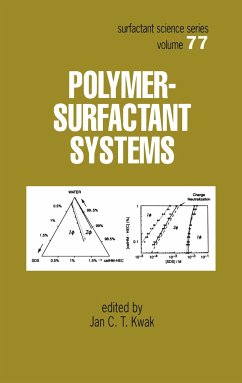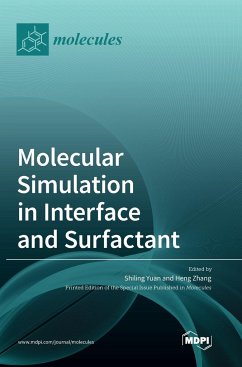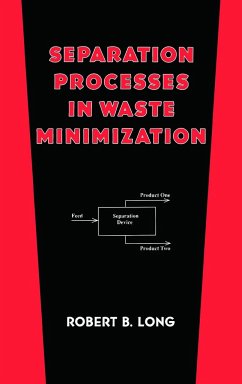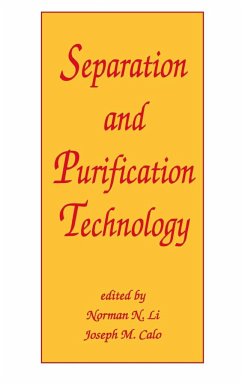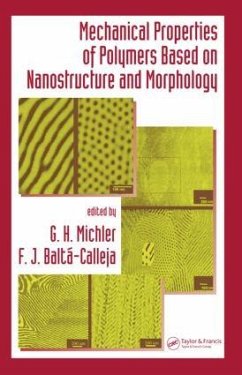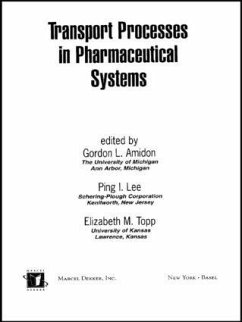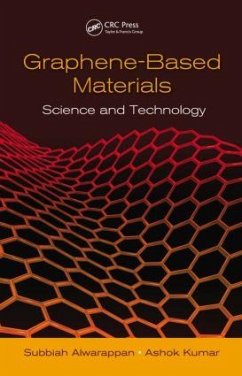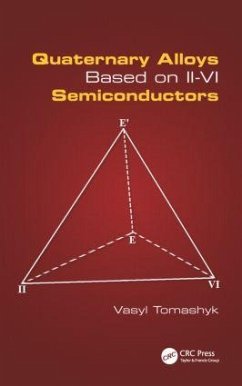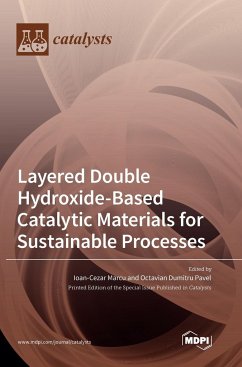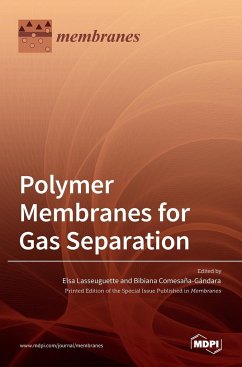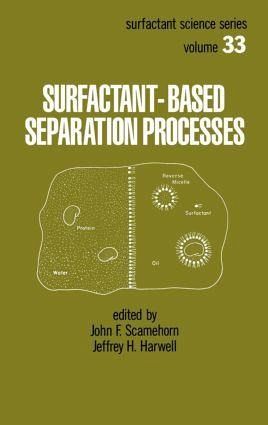
Surfactant - Based Separation Processes
Versandkostenfrei!
Versandfertig in 1-2 Wochen
376,99 €
inkl. MwSt.
Weitere Ausgaben:

PAYBACK Punkte
188 °P sammeln!
Focuses on novel techniques and reviews established methods for surfactant-based separation processes that can be widely applied in industry. Describes new extraction techniques, micellar-enhanced ultrafiltration and admicellar chromatography, protein extraction using reverse micelles, surfactant-en




